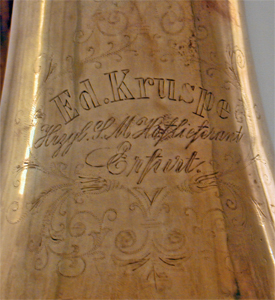| Label :
|
Ed. Kruspe Hrzgl. L. M.. Hoflieferant Erfurt D.R.G.M. 232038 |
||
|
Model:
|
Full Double |
||
|
Serial Number:
|
None |
||
|
Date of Manufacture:
|
ca. 1904 ? |
||
|
Key(s):
|
F and B♭ |
||
|
Valves:
|
4 rotary |
||
|
Bore:
|
|||
|
Bell Flare:
|
|||
|
Bell Throat:
|
|||
|
Bell Diameter:
|
|||
|
Base Metal:
|
Brass |
||
|
Finish:
|
unlacquered |
||
| . (click on photos for larger view) |
|||
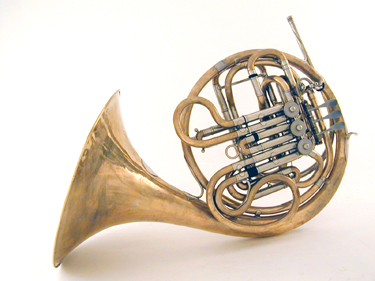 |
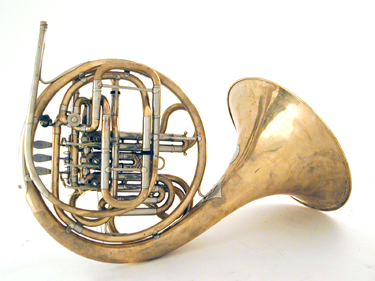 |
||
The horn shown above is an early example of the double horn first produced in 1904 by the firm of Ed. Kruspe and subsequently known popularly as the "Kruspe wrap."1 The design was registered as D.R.G.M. 232038 on July 23, 1904,2 under the title Doppelzylindermechanik für Metallblasinstrumente, mit neben und parallel zu den Zylinderdoppelventilen angeordneten, zu einem Zylinder in einem Gehäuse vereinigten Stellventilen. [ Double cylinder mechanism for brass instruments, alongside of and parallel to the double cylinder valves, in one cylinder housing as a combined control valve.] |
|||
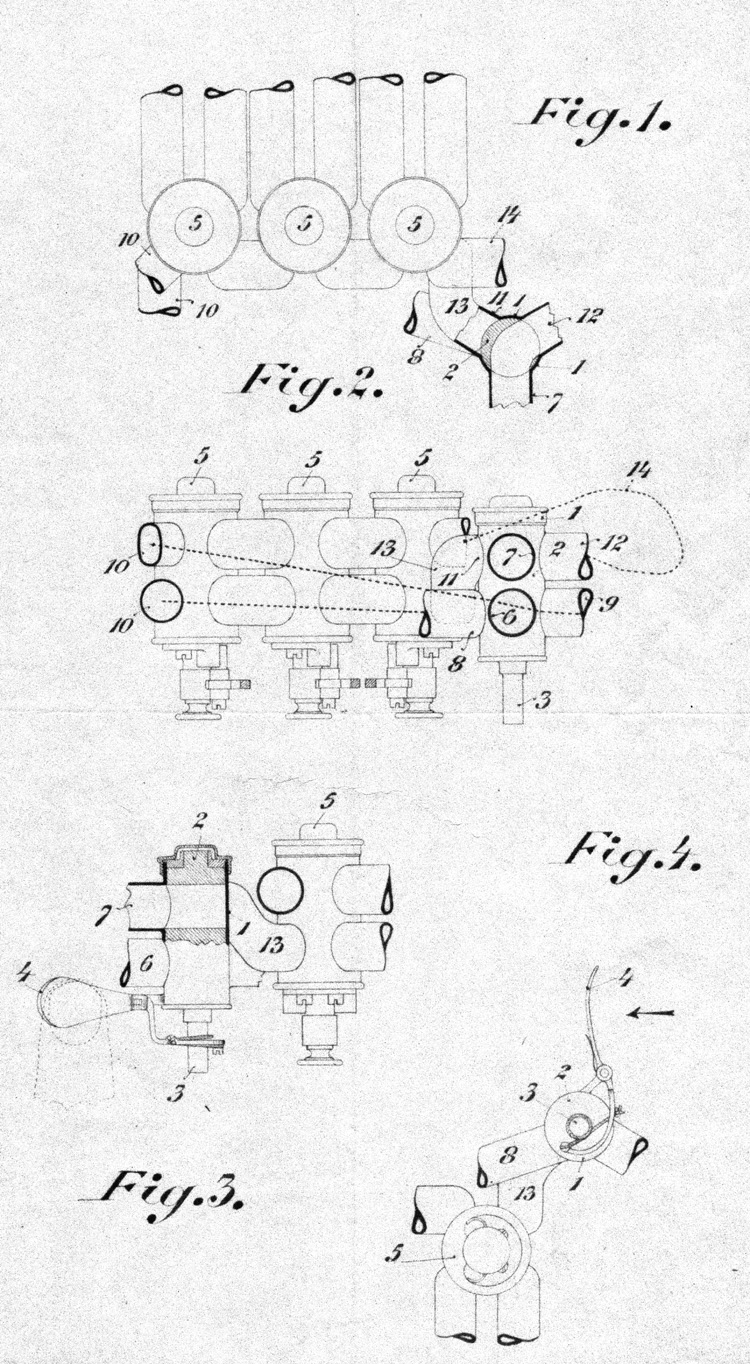 Figures from D.R.G.M. 84240 courtesy of Tatehiko and Katsushi Sakaino |
|||
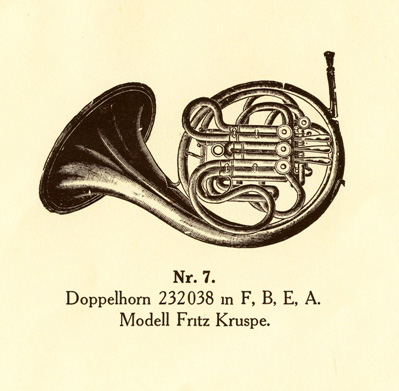 |
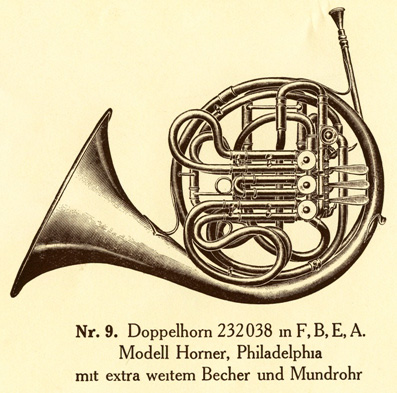 Images from the 1929
Kruspe catalog, courtesy of Dirk Arzig,
|
||
The 1929 Kruspe catalog shows two different double horn models based on D.R.G.M. 232038. Above left, the Modell Fritz Kruspe differs from the subject horn as well as the familiar Modell Horner on the right by the absence of the secondary F-horn slide at the on the front of the horn. This slide is used primarily for emptying water that accumulates in the F tubing below the main valves. The Modell Horner differs from the subject horn by its larger bell and narrower garland. Mr. Horner also preferred the sound of a nickel-silver horn to those of brass: "For me, the German silver was best, and that horn with a large bell with small rim, and string valves became the Horner model, which Krüspe himself named, not I." Mr. Horner imported many of this model for his students, including the horn purchased for Mason Jones in 1935. The common factor is the thumb valve arrangement that was registered under D.R.G.M. 232038. |
|||
 The. registration number engraved on the bell, D.R.G.M. 232038, is worn but still able to be read.
|
|||
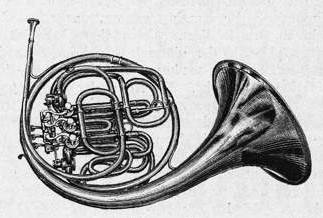 Gumpert-Kruspe D.R.G.M. 84240 Zeitschrift für Instrumentenbau, 1899 |
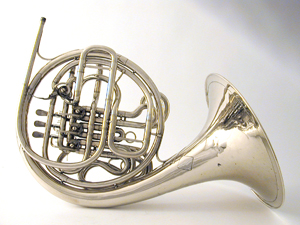 Mason Jones' Modell Horner (1935) |
||

